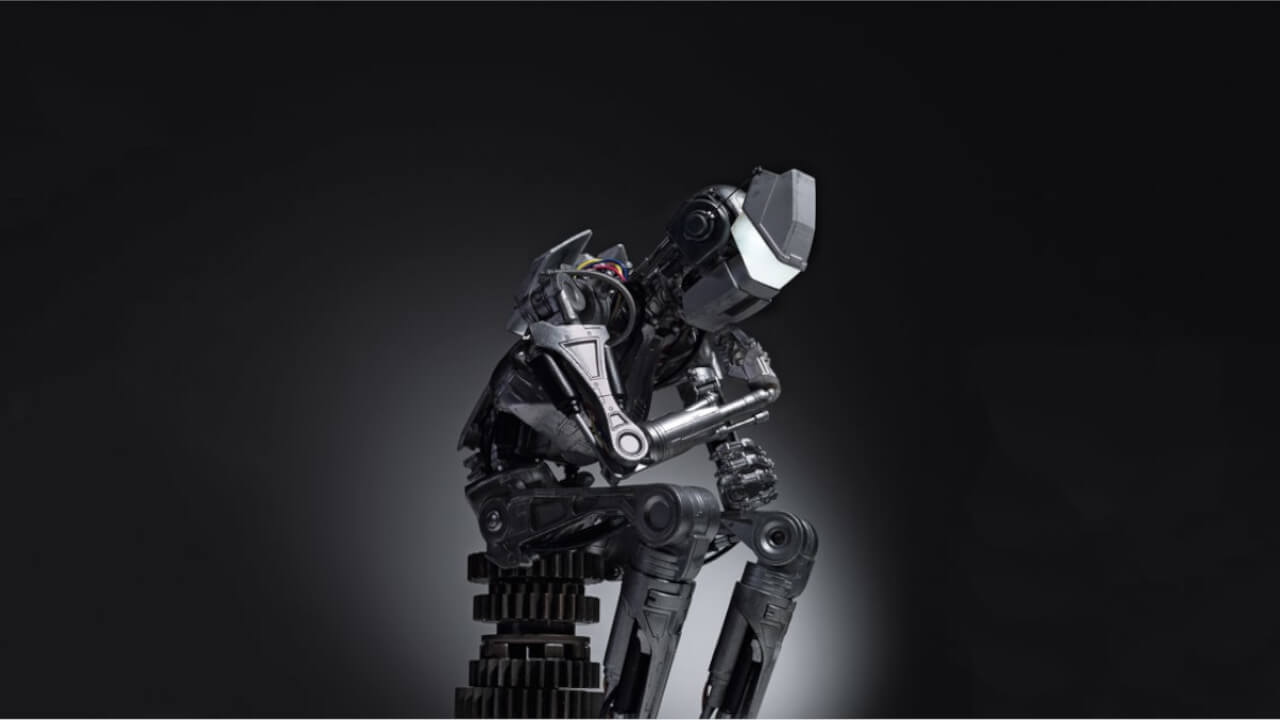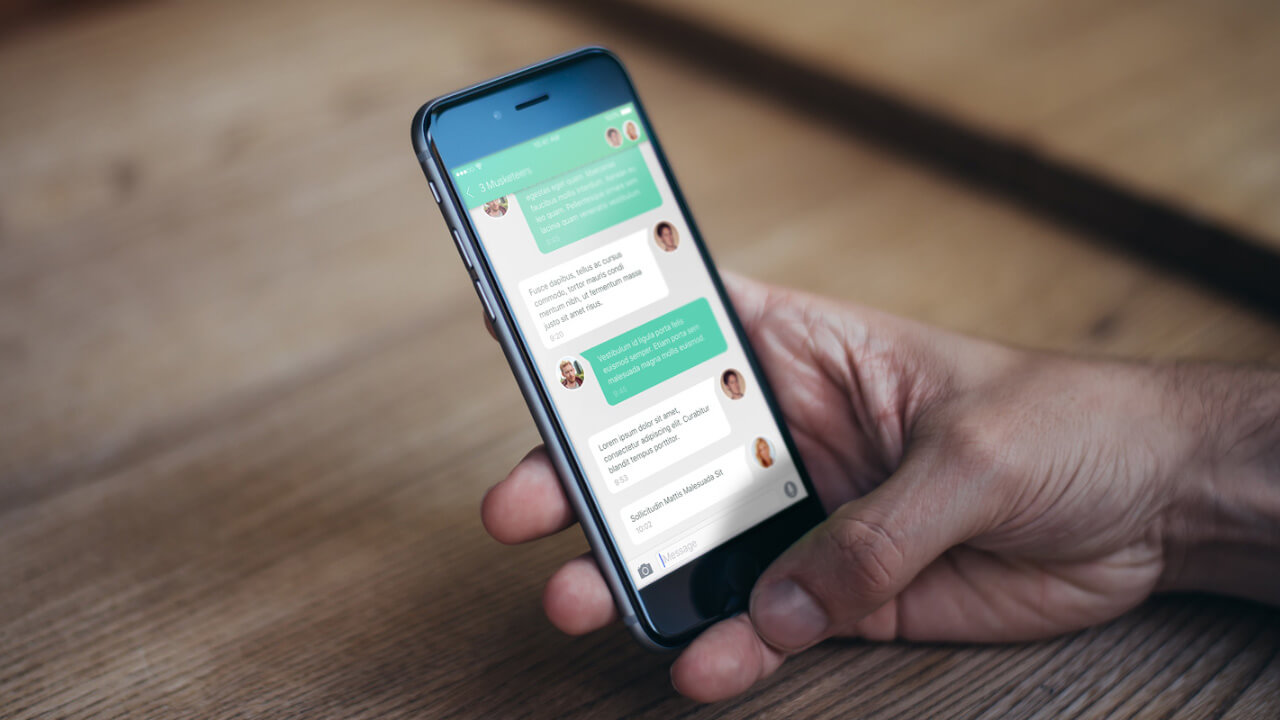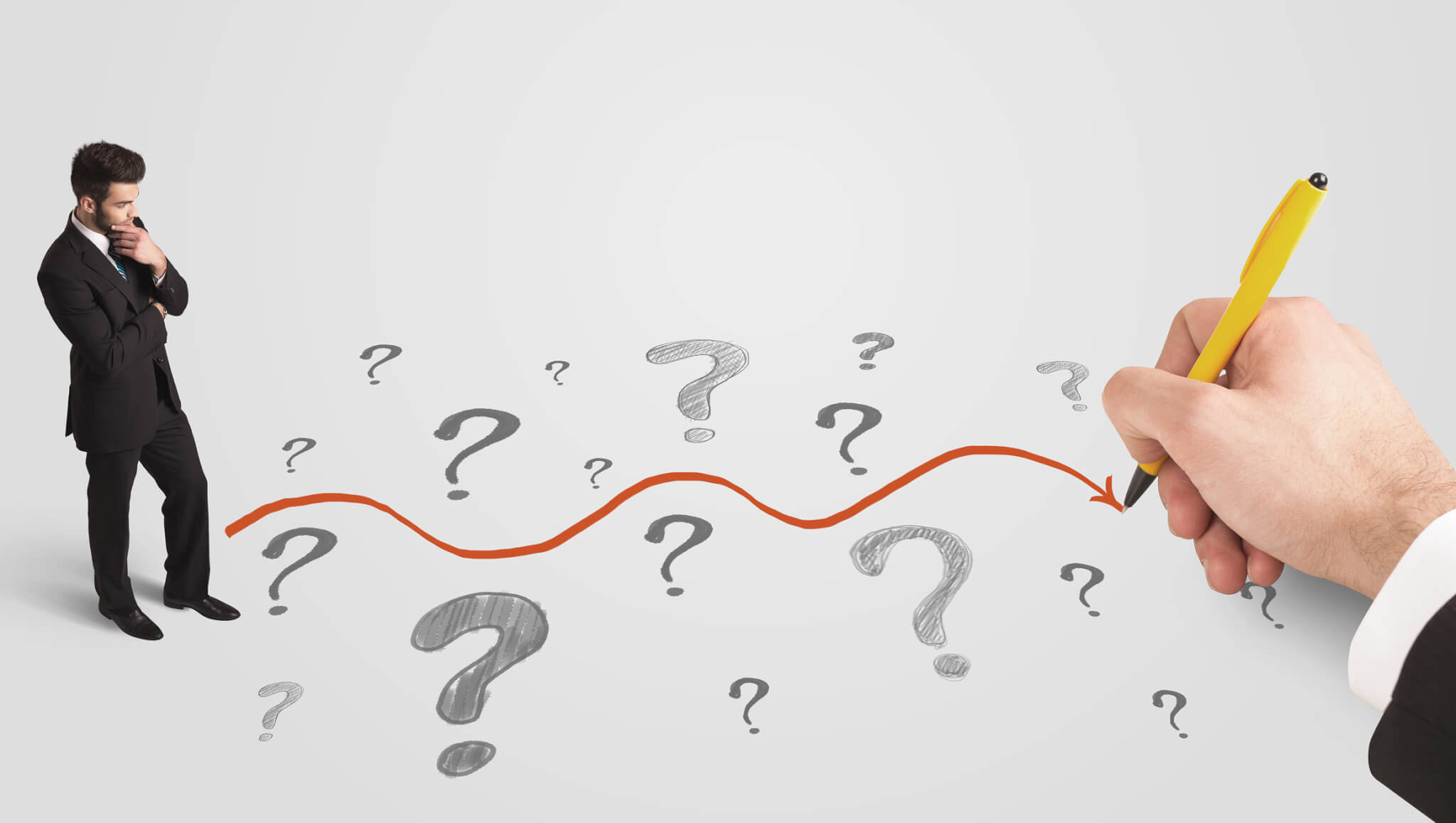
No matter what kind of hotel you open, you need a website that showcases your personality as a hotel and a company.
NB: This is an article from Creative Supply
A website that allows you to stand out amongst a sea of competitors and, most importantly, drive sales. Unfortunately, we see many hoteliers underestimate the power of a well-designed website to grow their business, and end up with fewer direct sales, lower perceived value and lower conversion rates than they could have.
Subscribe to our weekly newsletter and stay up to date
After successfully winning over banks and investors, navigating planning permissions, repositioning your property, meticulously fine-tuning every detail and training your team, the time has come to market your brand new hotel.
After spending so much money renovating or building your hotel, you want your website to be an asset, not a liability. To make sure you are set up for success when planning your new hotel website, we have compiled the top 5 mistakes hotels make when creating their websites, along with practical tips on how to avoid them.
Mistake n°1: Thinking of your website as an online brochure
Every journalist, potential client and partner will visit your website to find out ‘who you are’. All your communications will eventually lead to your website – whether you issue a press release or post something on the hotel’s social media. Even if your customers book through booking platforms, they are likely to visit your website. Either to see the breakfast menu, for example, or to see more photos of the facilities. Your website is therefore your number one communication channel to showcase your unique concept and brand. This means that your website should not just be seen as a digital brochure, but as a digital headquarters that reflects the physical essence of your establishment. Your website must not only provide static facts about your hotel, but also cater to different visitor profiles, with different entry points, looking for different information, and at different stages of the sales funnel (some people are just browsing, while others are looking for specifics to make a booking decision).
Key takeaway: Your website is your number one communication channel with multiple audiences and interests, so it cannot be designed like a static sales brochure.
Mistake n°2: Thinking you are just selling rooms
Customers make booking decisions based on digital information, not the physical reality of a hotel. This in essence means that you are not selling rooms, you are selling images of those rooms. This makes you as much in the e-commerce business as you are in the hospitality business. This means that the difference between a web browsing session and a successful sale depends on stunning visuals, engaging copy and timely calls to action (CTAs). Your website is like an extension (or complement) of your sales team, working 24/7. Consider using chatbots, or at least FAQs, to answer your prospects’ burning questions, from the availability of a projector in your banquet hall to your pet policy over the weekend. For example, we set up an FAQ page for FlexOffice, a Swiss workspace membership company, to answer common queries and reduce repetitive work for their sales team.
Key takeaway: Hotels have become de facto e-commerce businesses. As a hotelier, make sure your website serves as an informative, persuasive and conversion-driven platform that seamlessly complements your sales team.




